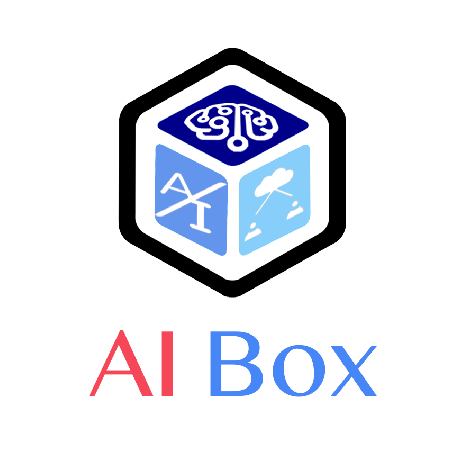Discover and explore top open-source AI tools and projects—updated daily.
RRHF by  GanjinZero
GanjinZero
RRHF for aligning LLMs to human preferences
Top 43.6% on SourcePulse
This repository introduces RRHF (Rank Response from Human Feedback), a simplified method for aligning large language models with human preferences, and Wombat, an open-sourced chatbot model. It targets researchers and developers seeking more accessible alternatives to complex RLHF techniques like PPO for fine-tuning LLMs.
How It Works
RRHF streamlines human preference alignment by replacing the intricate PPO algorithm with a simpler ranking-based approach. Instead of complex policy-reward interactions, RRHF directly ranks responses, making the alignment process as straightforward as conventional fine-tuning. This reduces coding complexity, model count, and hyperparameter tuning, while achieving comparable results to PPO in fluency and alignment scores.
Quick Start & Requirements
- Installation: Requires Python 3.8 and PyTorch 1.13.0+cu116. Install Hugging Face's
transformersfrom GitHub. - Prerequisites: CUDA 11.6,
requirements.txtdependencies. Training requires 8x A100 80GB GPUs, bf16, and FSDP. - Data: Uses Anthropic's HH dataset or provided generated data.
- Links: Paper, Wombat Weights, Alpaca.
Highlighted Details
- RRHF achieves comparable PPL and Reward scores to PPO on LLaMA and Alpaca models using the HH dataset.
- Wombat models (Wombat-7B, Wombat-7B-GPT4) are released, built upon Alpaca-7B and aligned using RRHF with various data sources.
- Preliminary experiments show Wombat-7B outperforming Alpaca-7B on a Vicuna test set.
- Math and programming skills are noted as weak points for all LLaMA-7B based models.
Maintenance & Community
The project is associated with authors from Alibaba and Tsinghua University. Contact emails are provided for suggestions and discussions.
Licensing & Compatibility
The dataset is CC BY NC 4.0, restricting commercial use. Models trained on this dataset are also limited to research purposes.
Limitations & Caveats
The current implementation relies on a pre-trained reward model for synthetic human feedback, serving as a proof-of-concept. Future work aims to incorporate more efficient training methods like LoRA to reduce computational requirements.
2 years ago
Inactive

 OpenBMB
OpenBMB glgh
glgh prometheus-eval
prometheus-eval RLHF-V
RLHF-V anchen1011
anchen1011 Jerry-XDL
Jerry-XDL RUCAIBox
RUCAIBox CambioML
CambioML IBM
IBM ssbuild
ssbuild chenking2020
chenking2020 QwenLM
QwenLM